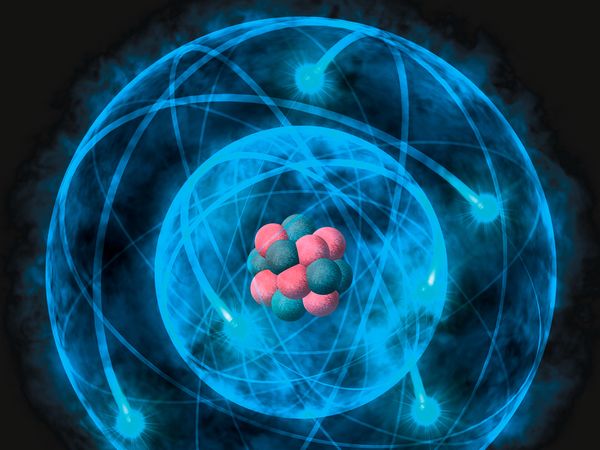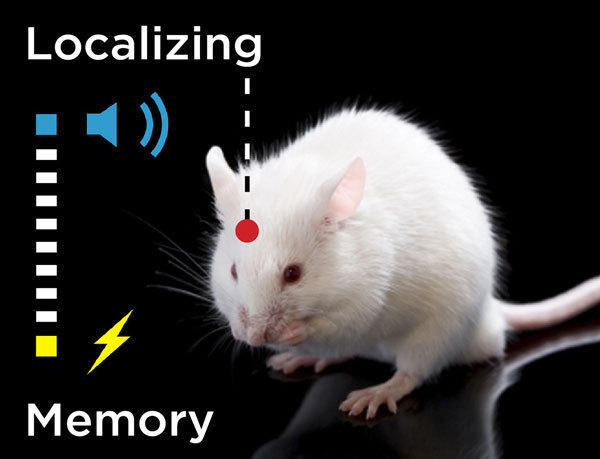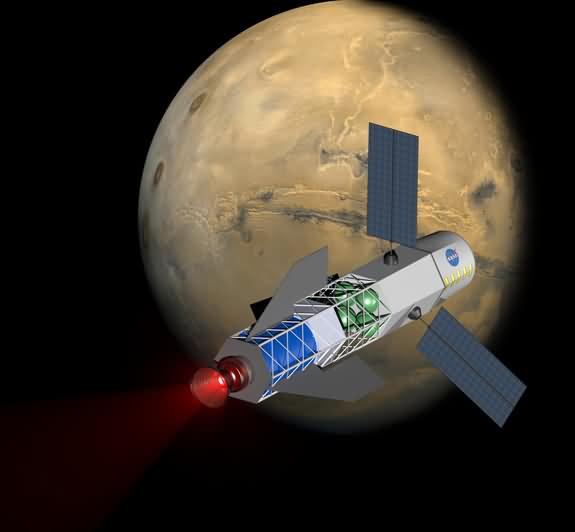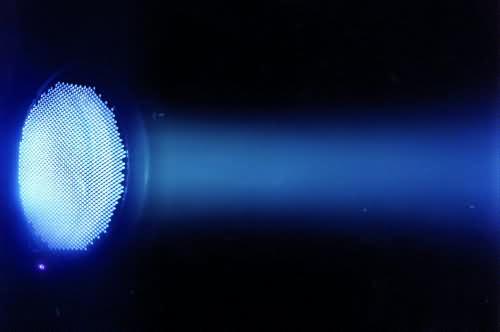Scientists May Have Discovered a New Field of Physics!
There's a saying that's said about every subject: "Size doesn't matter." While that's true for many things, it doesn't apply to physics. Size is a very important factor, especially in the subatomic world.
Along with electrons and neutrons, the proton is one of the fundamental components of the atom. Atoms, as we see them, come together to form the universe, our world, and us. Therefore, understanding the atom's components and structure is crucial to understanding the universe.
Last year, a group of scientists conducted an experiment to determine the size of a proton by comparing it to a muon. Previous experiments had used electrons. The results of this experiment showed that the proton wasn't actually as we know it. Or rather, it showed that the proton wasn't as big as we know it, which is essentially the same thing. The results of the experiment showed that the proton's diameter was 0.84087 femtometers (one quadrillionth of a meter). But that's where the problem begins. Compared to electrons, this diameter is smaller by a factor of %4.

Muon: A short-lived, heavier version of the electron. It has the same electric charge as an electron but is 200 times heavier.
Electron: A simple subatomic particle with a negative electric charge. It has one-thousandth the mass of an atom.
The experiment is performed as follows. Scientists bombard a hydrogen atom (one proton and one electron) with muons (heavier cousins of electrons) in a particle accelerator. During this bombardment, one of the muons replaces an electron. The electron is removed from the hydrogen atom and replaced by a muon. The hydrogen atom containing the muon is measured with an extremely sensitive laser. The result is %4 smaller than previous results. The previous value is rounded off to 0.87 femtometers. While such small dimensions may seem insignificant to us, they are actually very significant at the subatomic scale.
The Problem Created by Two Different Dimensions
In case the previous experiment's measurements were incorrect, the scientists repeated the experiment. However, despite multiple repetitions, the 0.87 femtometer result was always confirmed. Another possibility is that some components were missing when calculating the proton's diameter. Swedish physicist Aldo Antognini believes we haven't fully grasped the proton's structure, and therefore haven't been able to accurately measure its diameter.
Scientists now have a new field of physics to explore. Of course, this field doesn't invalidate the Standard Model or other theories we know. Science always advances by refining previous knowledge and striving for greater accuracy.
Sources and References:
-
Antognini, A. et al.Science (2013).
-
Pohl, R. et al.Nature (2010).
-
Bernauer JC et al., Phys. Rev. Lett. 105, 242001 (2010)
-
Mohr, P.J. et al. Rev. Mod. Phys. (2008)









